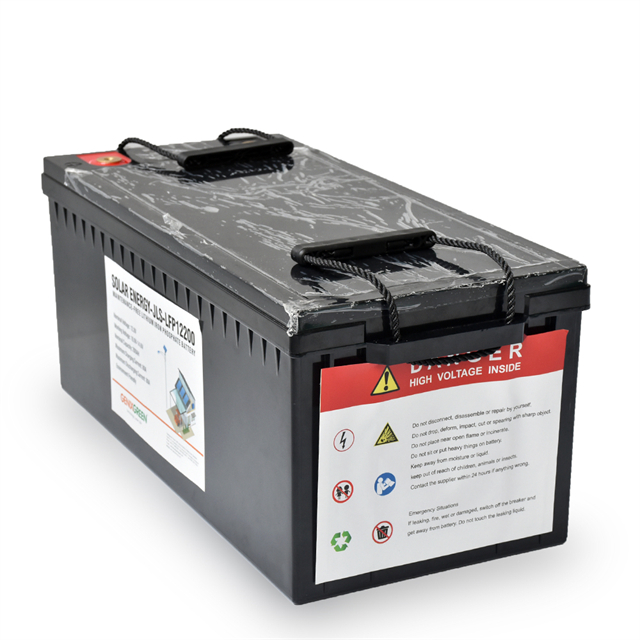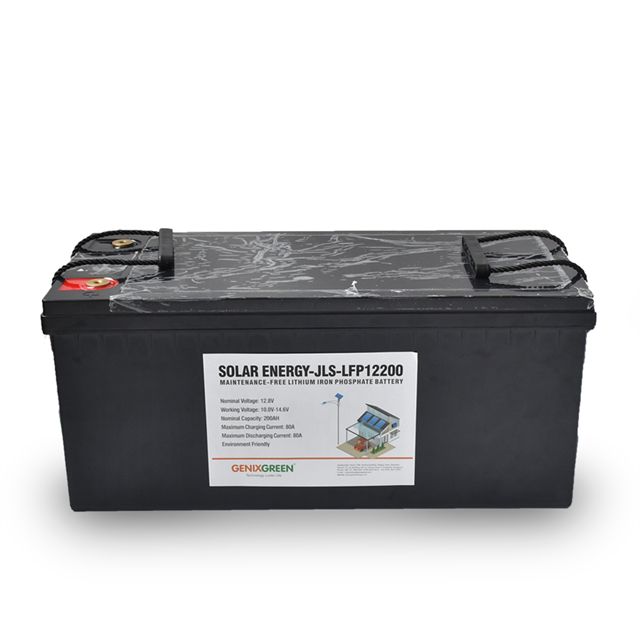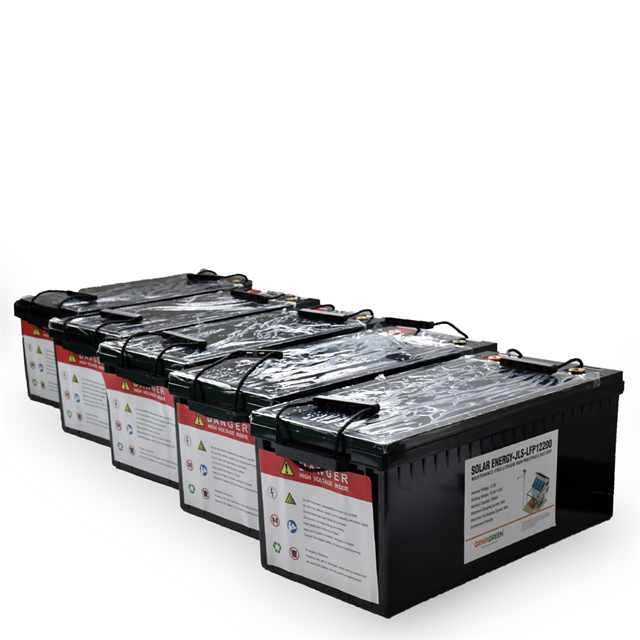Author:BLD Solar Energy SystemFROM:Solar System Converter Manufacturer TIME:2023-12-28
Sealed Lead Acid (SLA) batteries are widely used in solar energy systems due to their reliability, cost-effectiveness, and maintenance-free operation. Understanding the functional structure and proper maintenance of these batteries is crucial for maximizing their performance and lifespan. In this article, we will explore the key components of SLA batteries and discuss important maintenance practices.
SLA batteries consist of several key components that work together to store and release electrical energy. The main components include:
- Lead plates: These are the positive and negative electrodes of the battery, which are immersed in an electrolyte solution.
- Electrolyte: It is a sulfuric acid solution that facilitates the chemical reactions within the battery.
- Separator: This material prevents the direct contact between the positive and negative plates, preventing short circuits.
- Battery case: It houses all the components and provides protection and insulation.
The functional structure of SLA batteries involves a series of chemical reactions that convert electrical energy to chemical energy during charging and vice versa during discharge. Here's a simplified overview of the functioning process:
- Charging: When connected to a solar panel or charger, electrical energy is supplied to the battery. This electrical energy causes the lead plates to undergo an electrochemical reaction, converting lead dioxide (PbO2) on the positive plate and pure lead (Pb) on the negative plate into lead sulfate (PbSO4) and water.
- Discharging: When power is required, the chemical energy stored in the battery is converted back into electrical energy. This is achieved through a reverse electrochemical reaction, where lead sulfate on the plates is converted back into lead dioxide and pure lead.
Understanding the charging and discharging characteristics of SLA batteries is essential for optimizing their performance. Here are some key points to consider:
- Charging: SLA batteries require a controlled charging process to avoid overcharging, which can lead to plate corrosion and reduced battery life. It is important to use a suitable charging device that provides the correct voltage and current levels.
- Discharging: Discharging SLA batteries too deeply or excessively can also damage their overall capacity and lifespan. It is recommended to maintain a minimum state of charge (SOC) level to prevent over-discharge.
Proper maintenance is crucial for prolonging the lifespan and ensuring the optimal performance of SLA batteries. Here are some essential maintenance practices:
- Regular Inspection: Check the battery casing for any signs of damage, leakage, or bulging. Inspect the terminals and connections for corrosion or loose connections.
- Cleaning: Keep the battery and its surroundings clean and free from dust, dirt, and moisture. Use a damp cloth to clean the battery case and terminals, ensuring they are dry before reconnecting.
- Equalization Charging: Periodically perform equalization charging to balance the charge across all the cells of the battery. This helps prevent cell imbalance and ensures uniform performance.

SLA battery performance is influenced by temperature, and extreme temperatures can significantly affect their functionality and lifespan. Here are some temperature considerations:
- Avoid Extreme Temperatures: Keep the batteries in a location where the temperature is within the recommended operating range, typically between 20°C and 25°C (68°F and 77°F).
- Temperature Compensation: Some advanced charge controllers or solar inverters offer temperature c

SLA batteries have a limited lifespan, usually between 3 to 5 years, depending on usage and maintenance. When the battery's capacity diminishes significantly, it is advisable to replace it to ensure optimal system performance.

Due to the presence of lead and hazardous materials, proper recycling and disposal of SLA batteries are important. Check with local authorities or recycling centers for specific guidelines on how to safely dispose of old batteries.
In conclusion, understanding the functional structure and maintenance requirements of sealed lead acid (SLA) batteries is essential for optimizing their performance and lifespan in solar energy systems. By following proper charging practices, performing regular maintenance, and considering temperature considerations, users can ensure the longevity and effectiveness of their SLA batteries.
